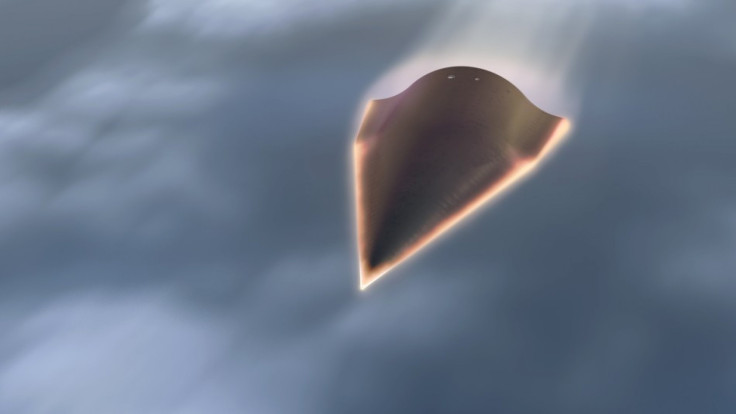Falcon HTV-2: Fastest-Ever Plane Makes Fast Fall over Pacific Ocean

It was supposed to be the fastest plane ever built, the Falcon HTV-2, but instead it proved to be a swift failure.
A test launch of an experimental aircraft capable of getting from London to Sydney in less than an hour, catching speeds of up to 13,000 miles per hour (roughly 20 times the speed of sound), ended shortly after takeoff Thursday morning when the aircraft stopped sending back real-time data to engineers and scientists who were moderating the mission, the Los Angeles Times reported.
The aircraft -- known as the Falcon Hypersonic Technology Vehicle 2 -- was attached on the back of a rocket and launched at 7:45 a.m. from Vandenberg Air Force Base in California. It was supposed to reach the edge of space before detaching from the plane and guiding it on a hypersonic flight.
Instead, 20 minutes into the test mission, the U.S. Defense Advanced Research Projects Agency, or DARPA, said it lost telemetry with scientists and engineers who were monitoring Falcon HTV-2. After reaching an undisclosed sub-orbital altitude, the Times reported, the aircraft ejected from its protective cover atop the rocket, then nose-dived back toward Earth, leveled out and was supposed to glide above the Pacific.
Falcon HTV-2 was supposed to speed westward for 30 minutes before plunging into the ocean.
The Falcon HTV-2 first began in 2003, as part of a U.S. military research project to create a plane that could reach any part of the world in less than an hour, and potentially deliver bombs in under the same amount of time.
Prior to Thursday's launch Falcon HTV-2 had only been tested in computer models and wind tunnels, which can only simulate speeds to Mach 15, or 11,400 mph.
The flight was also to test the carbon composite materials designed to withstand the extreme temperatures the plane will experience on its skin, in addition to the navigation systems that will control its trajectory as it moves at almost four miles per second.
Falcon HTV-2 was DARPA's second test flight after a few changes were made when the first attempt failed in April of 2010, with that aircraft crashing into the Pacific Ocean just nine minutes after takeoff. The aircraft was never recovered. A design flaw was suspected by engineers as the cause of the malfunction.
© Copyright IBTimes 2024. All rights reserved.











